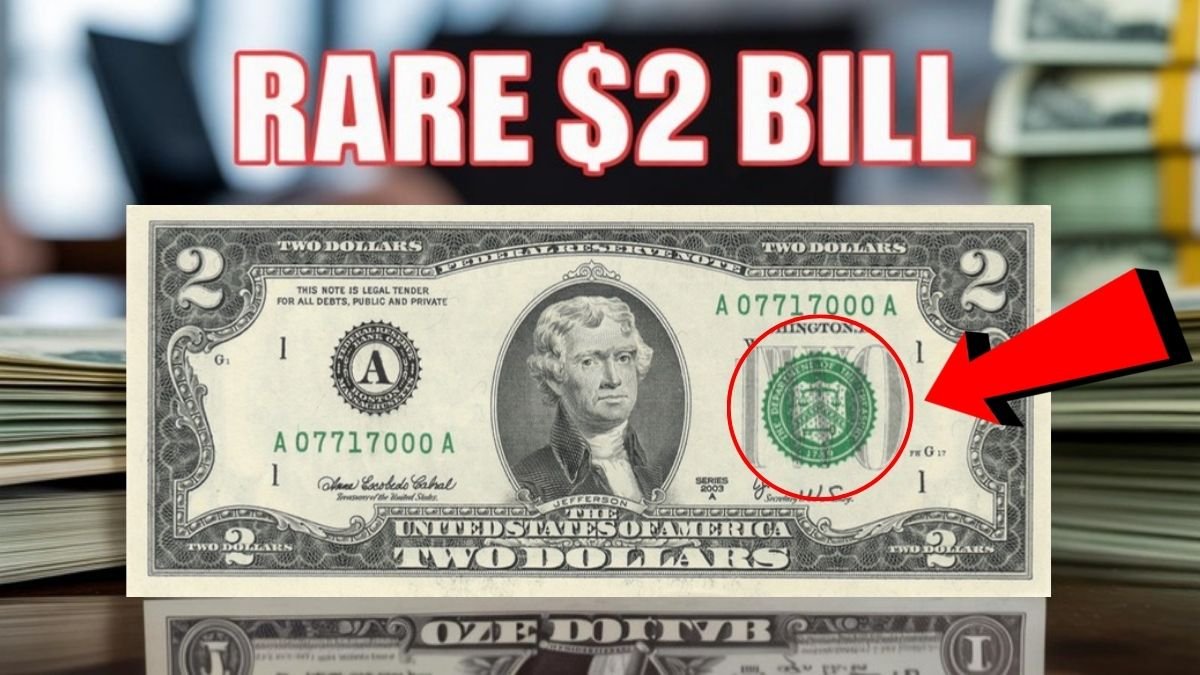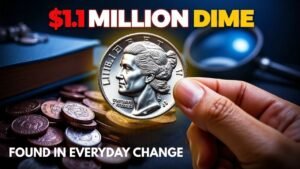This $2 Bill from 1976 Could Be Your Fortune – Do you have a 1976 $2 bill sitting around in some old paperwork, photo album, or box somewhere? If so, stop and take a closer look at it — that ordinary-looking bill might actually be worth thousands of dollars. This bill is generally considered to be worth only two dollars in the US, but there are certain special types of 1976 $2 bills that are worth a lot of money in the eyes of collectors today.
In this article, we’ll explore what makes the 1976 $2 bill so special, what determines its value, and how you can figure out how much money the 1976 $2 bill is worth.
Why is the 1976 $2 bill so special?
The story of this note begins after a 10-year absence. The $2 bill was discontinued in the US in 1966, but was reintroduced in 1976 — and on a special occasion. It was reissued in honor of the 200th anniversary of America’s independence, i.e., Bicentennial Celebration.
The note features a portrait of the third US president, Thomas Jefferson, on the front and a scene of the signing of the Declaration of Independence, based on a painting by renowned artist John Trumbull.
Even though millions of copies of this note were printed, only a few are prized among collectors. Why? Let’s find out.
What determines the value of a 1976 $2 bill?
Not every 1976 $2 bill is the same. Its value depends on many different factors, some of which are given below:
- Low Serial Numbers
- If your note’s serial number falls between “00000001” to “00000100”, or has the same number repeatedly (such as “22222222” or “12344321”), it can be extremely valuable among collectors. Such numbers are rare and are specially collected.
- Star Notes
- Does your note’s serial number end with a * (star) instead of a letter? If yes, it may be a “star note”. Such notes are issued when a serial number is replaced. These notes are printed in smaller quantities and are therefore more valuable.
- Uncirculated Condition
- If your note is brand new — without any bends, stains, or dust — it can be worth more than a commonly circulated note. Collectors consider such notes to be in “crisp” condition and are willing to pay more for it.
- Printing Errors
- Sometimes printing errors occur — such as ink smudges, misalignment, or serial number errors. Notes with such printing errors are extremely rare and are in high demand.
- Federal Reserve District
- Notes in the US are printed by different Federal Reserve Banks. Some banks print notes in smaller quantities, making them more rare. If you have such a note, its value may increase.
How much can the note you have be worth?
Now the question arises — how much can that 1976 $2 bill you have be worth? Below is a rough estimate:
| Type | Estimated Value |
|---|---|
| Regular Circulated Note | $2 to $5 |
| Uncirculated or Star Note | $20 to $100 |
| Rare Serial Number or Printing Error | $500 to $1,000+ |
Note: The actual price also depends on the condition, rarity, and demand of the note.
How to check how much your $2 bill is worth?
If you have a 1976 $2 bill, you can estimate its value by following the steps below:
- ✅ Check the serial number
- Does it have any pattern? Is it a star note? Is the number too low?
- ✅ Check the condition of the note
- Does it have folds, stains, or creases? If yes, it can decrease the value.
- ✅ Check the Federal Reserve Bank symbol
- There are different banks from A to L. Some are more rare.
- ✅ Have an expert evaluate it
- If you suspect your note is rare, contact a currency dealer or check online auction sites to see how much a similar note has sold for.
Is there a hidden gem in your pocket?
Most 1976 $2 bills are still worth just two dollars, but a few of those special notes are collectors’ favorites today. It’s not hard to realize that a normal-looking note could actually be worth thousands of dollars.
So the next time you go through your old papers, don’t overlook that $2 bill. Who knows, there could be a treasure hidden in your pocket that could change your fortune!
FAQs: This $2 Bill from 1976 Could Be Your Fortune
Q. What makes a 1976 $2 bill valuable?
A. Low serial numbers, star notes, printing errors, uncirculated condition, and rare Federal Reserve districts increase the bill’s value.
Q. How much is a regular circulated 1976 $2 bill worth?
A. Typically $2 to $5.
Q. What is a star note?
A. A replacement note identified by a star (*) at the end of its serial number, making it rarer.


